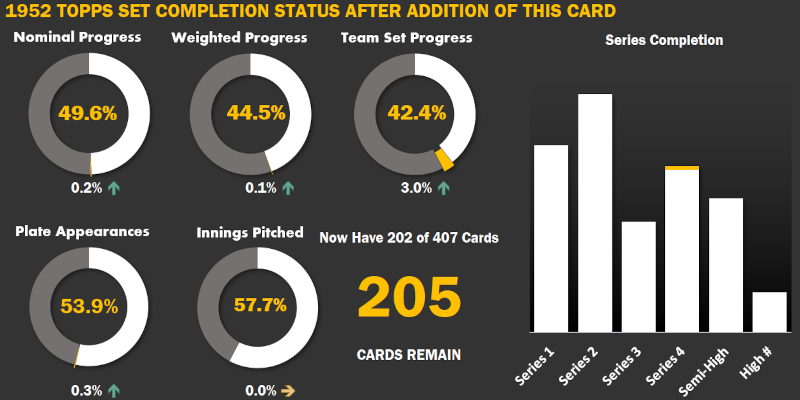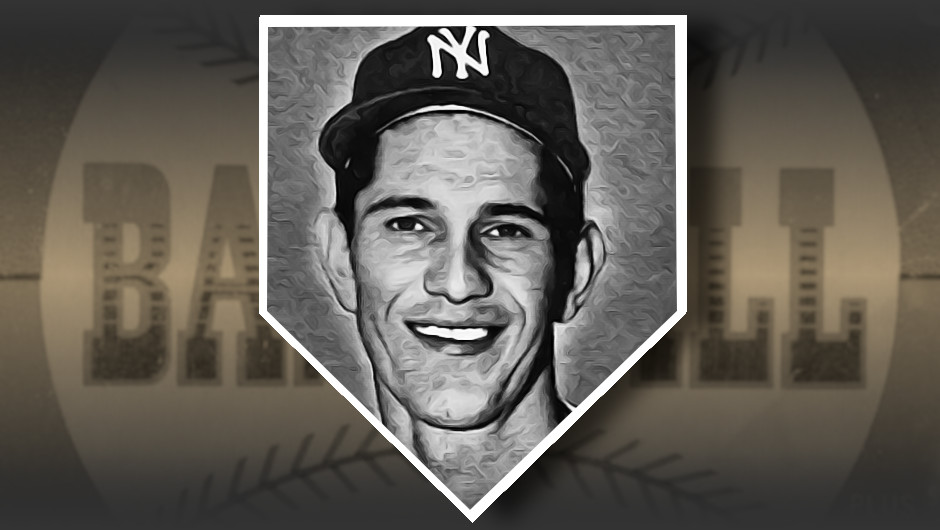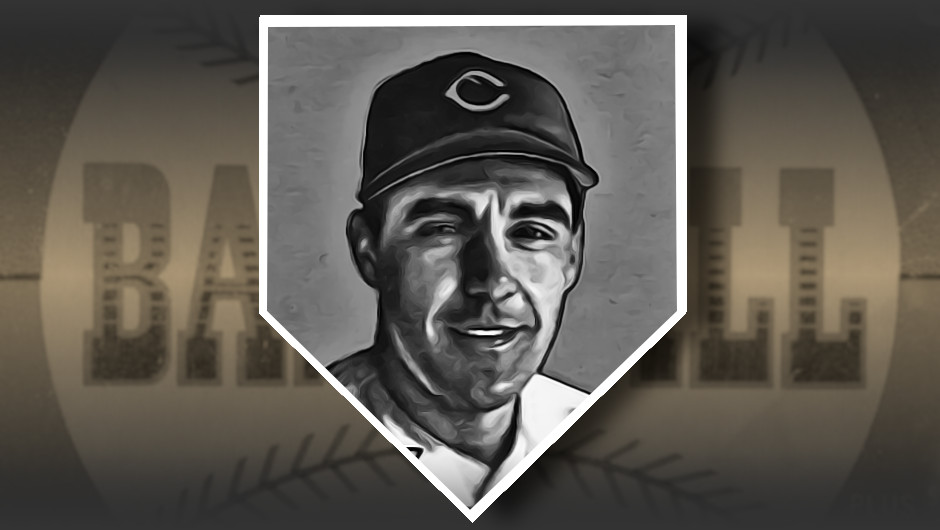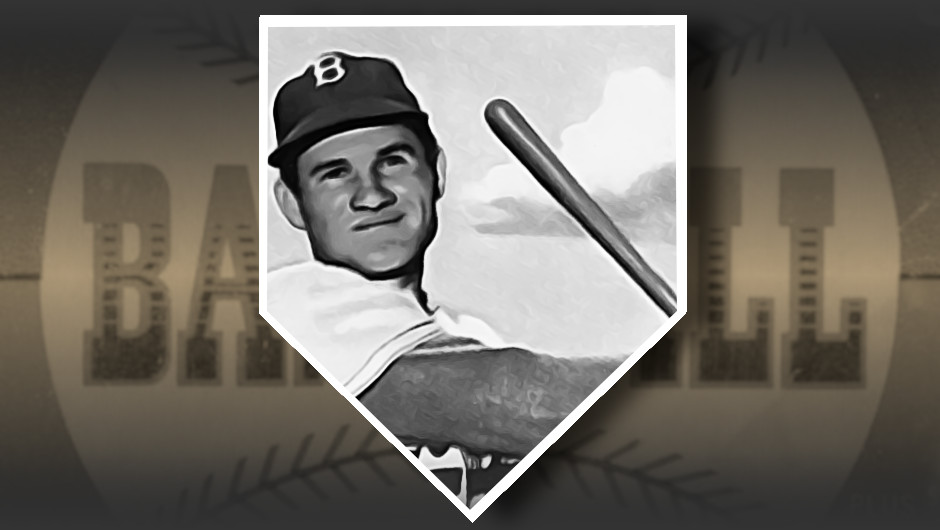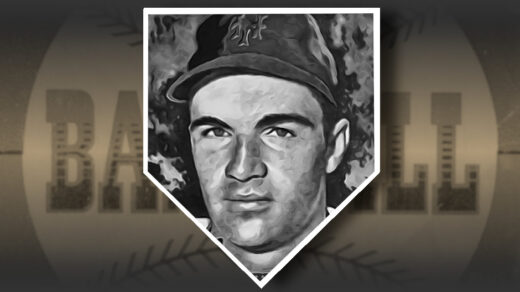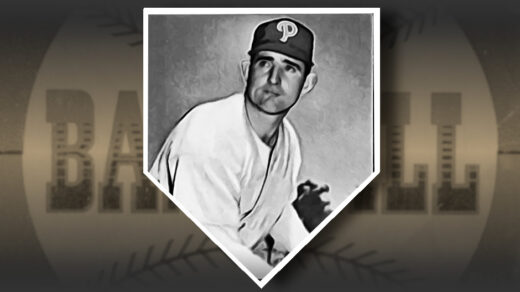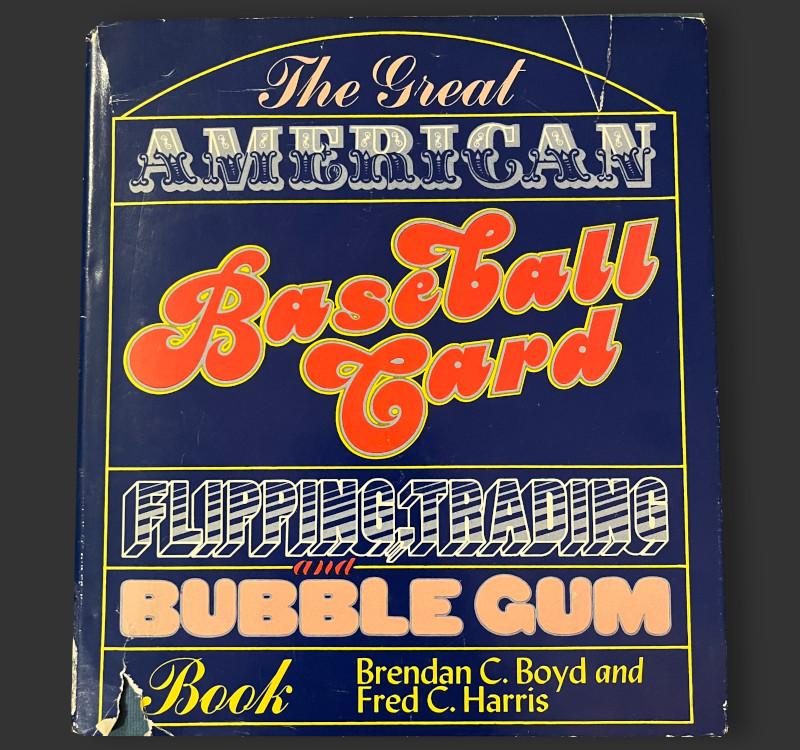
I have in my baseball library a first edition of Brendan Boyd and Fred Harris’ The Great American Baseball Card Flipping, Trading and Bubble Gum Book. The book carries an almost mythical reputation among collectors who came of age in the 1970s, just as the card collecting hobby began to organize itself into something that would be somewhat recognizable today. The authors provided a steady stream of often irreverant commentary on all manner of overlooked cards produced over the previous two decades. The opening to the entry for Rocky Bridges, below, sums up the tone of this salute to common cards.
Rocky Bridges looked like a ballplayer. In fact he probably looked more like a ballplayer than any other ballplayer who ever lived. His head looked like a sack full of rusty nails, he kept about six inches of chewing tobacco lodged permanently in the upper recesses of his left cheek, and his uniform always looked as if he had just slept in it – which of course he probably had.
Rocky did indeed look like a caricature of a grizzled baseball veteran. While his constant fielding practice and hustling to any baseball activity were hallmarks of his game, it was the ever present chewing tobacco that really solidified his baseball persona.
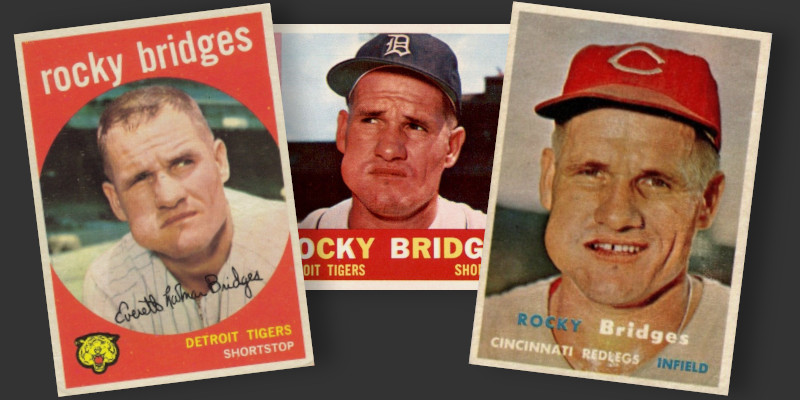
Later known for decades of managing skill and legendary benchwarmer status, Bridges had the misfortune of trying to join one of the greatest Dodger lineups in team history. A catcher by training, he found his spot on the depth charts well behind Gil Hodges (later moved to first base) and Roy Campanella. He shifted his focus to the middle infield, where the Brooklyn embarrassment of riches continued with Pee Wee Reese and Jackie Robinson. The outfield wouldn’t offer many opportunities with Duke Snider hitting his stride in center field and a platoon of 3-4 other All-Star level guys vying for playing time.
Bridges was an all glove, no-hit utility player. While the Dodgers were too stacked to find a reliable home for his services, other teams made use of his skills for over a decade. He spent time with the Washington Senators, Detroit Tigers, St. Louis Cardinals, Cleveland Indians, Cincinnati Reds, and even the expansion California Angels.
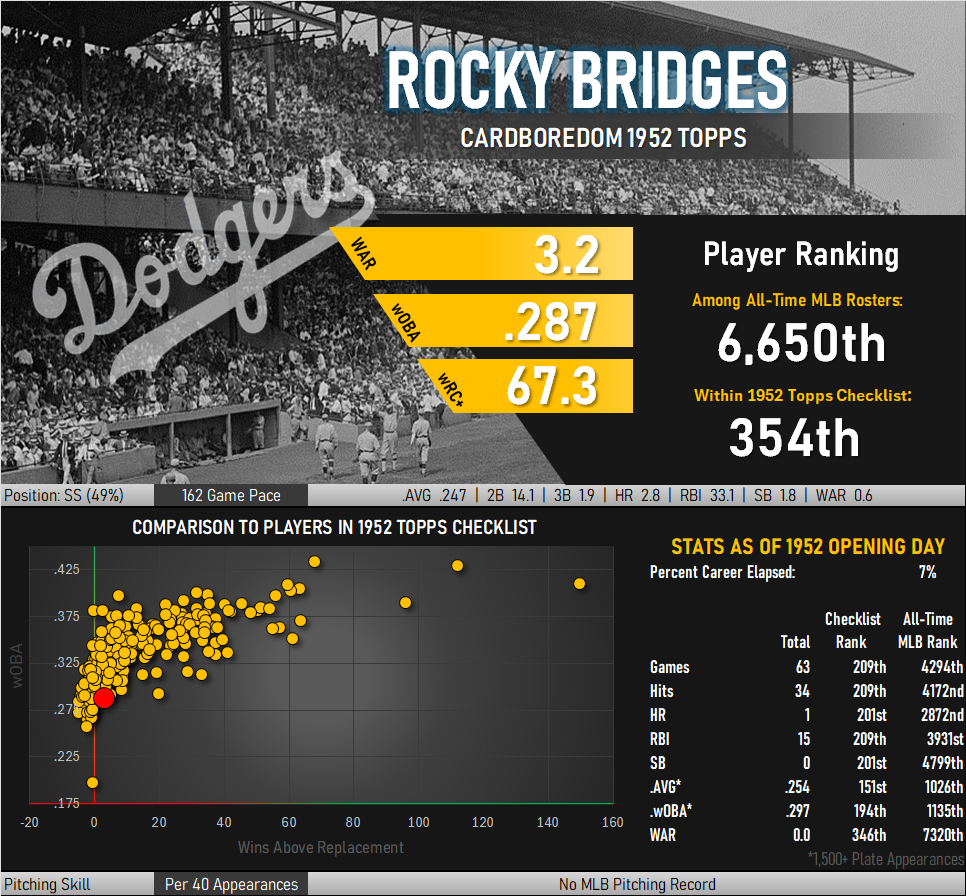
Rocky’s Rookie Card
The 1952 Topps checklist has tons of rookie cards, 123 by my count. Of those hundred-plus names, two bear the names of guys known as “Rocky.” A beaming Rocky Nelson was simply titled “Glenn” on his high-numbered card, with Topps apparently omitting the nickname because he didn’t look like a guy who should be named “Rocky.” Bridges, on the other hand, was literally called Rocky because multiple people said he looked like that should be his name. Topps thought so much of this that they did not follow the usual practice of putting the nickname in quotation marks. Only the most well-known nicknames were afforded this honor, putting Bridges in the same ranks as Duke Snider and Yogi Berra.
My terribly miscut Bridges rookie card is otherwise in fine condition. There is a big ding in the lower left corner and a small ink blot on the back, but there are no other flaws to detract from its off-center glory. Bridges is smirking in the photograph. This is understandable considering he was known for an inexhaustible supply of one liner jokes. The bat looks laughably thin, almost as if he is playing stickball.
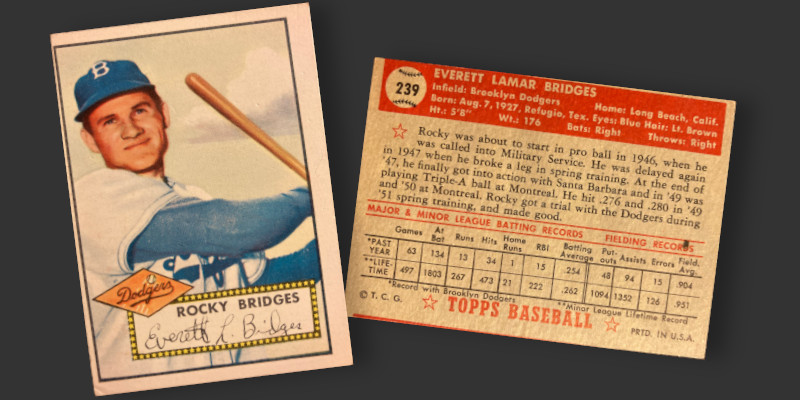
The back of the card is more off-center than the front and continues the diamond cut skew across both sides. The top of the next card is visible at the bottom. While there is no indication of which player is encroaching on Rocky’s card, images of uncut panels of ’52 Topps imply the mystery card to be a microscopic portion of the Pirates’ Jack Phillips card #240.
